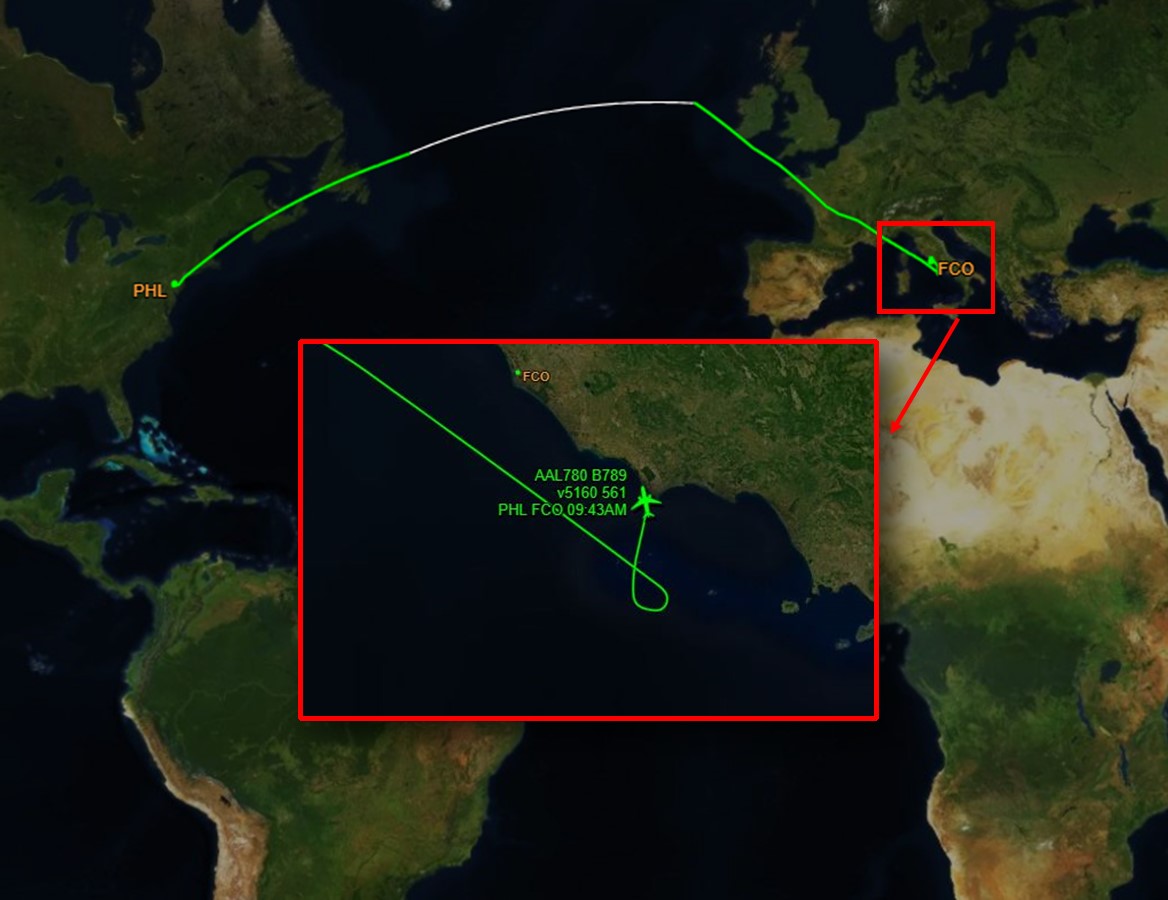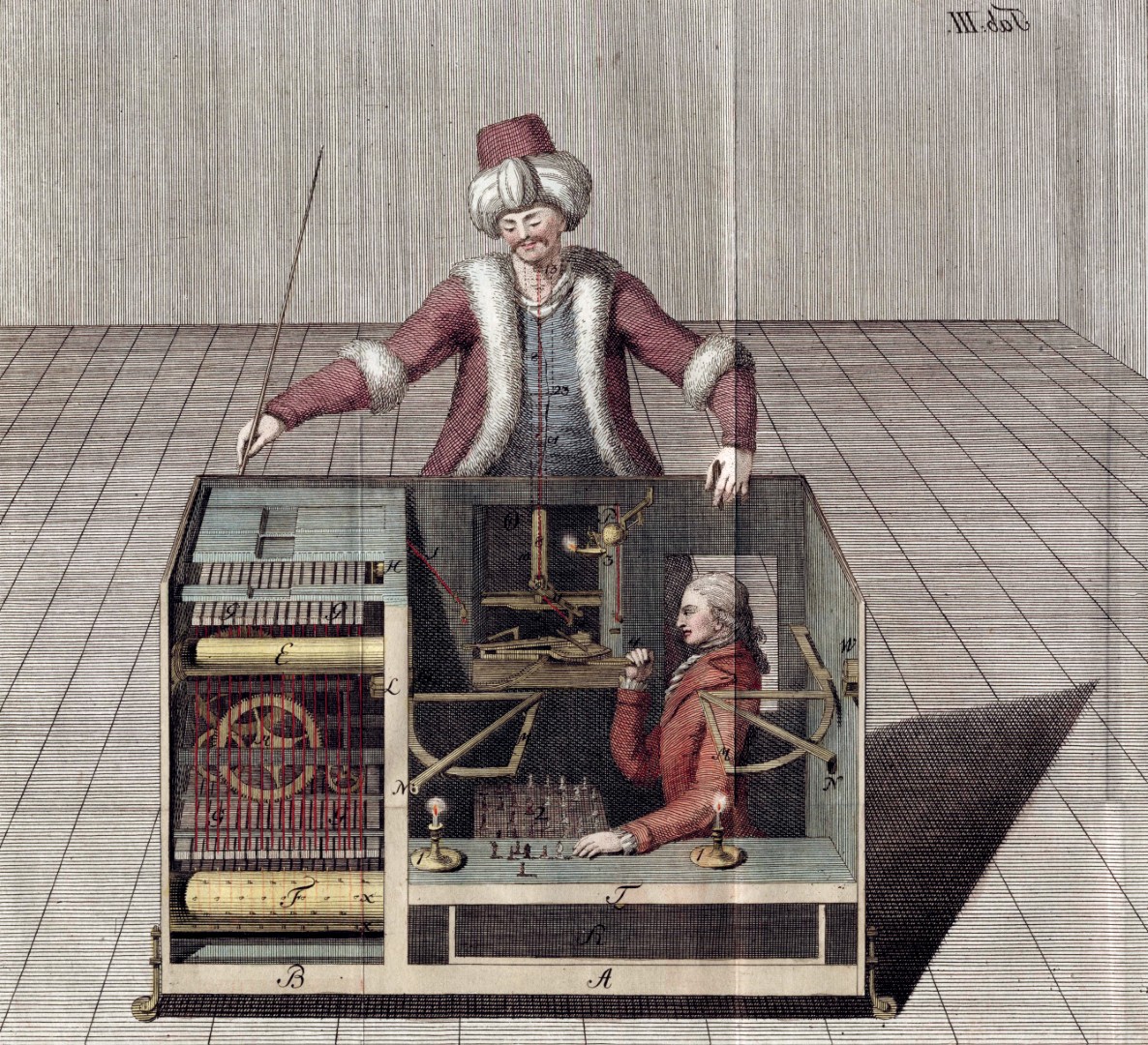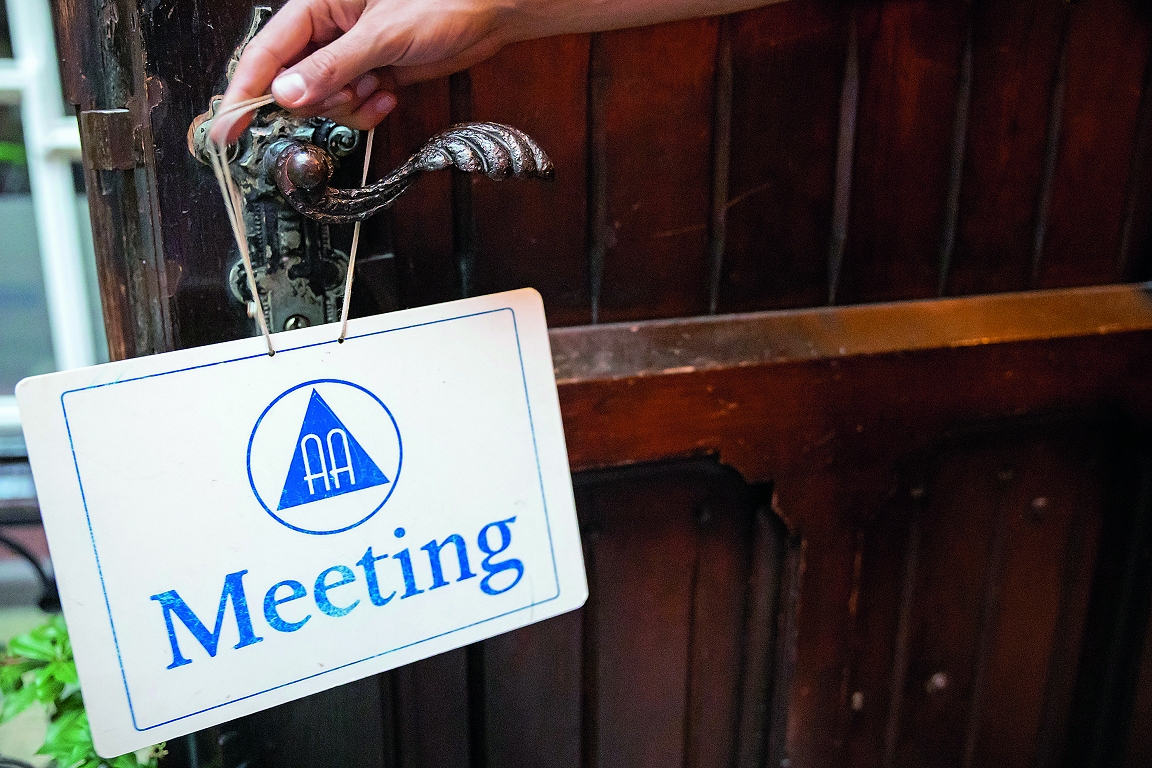« Discovered » engines, folding wings and artificial intelligence for the pilots: so the new planes will be in 10 years

Airbus is working on the new single corridor plane, successor of the320neo. Reduced fuel consumption of 20-30%, lighter fuselage, larger wings
Long and folding wings, larger engines with the « discoveries » fan blades, increasingly lighter fuselage, net reduction of consumption and a greater presence of artificial intelligence to help pilots. The plane of the future is already black on white in Airbus projects, the largest manufacturer of aircraft, during the test on some components – to then decide what to install and what is not – and with a roadmap already fixed.
In processing
First complete prototype in the next four years, then authorization from the European Air Safety Agency (EASA) and entered service – translated: first scheduled flights with passengers on board – « Between 2035 and 2040 », explains to the Corriere during a chat Karim Mokaddem, head of the Aircraft of Tomorrow Research & Technology division of Airbus, who is working on the successor. of the320, the single corridor aircraft among the best sellers and used in the world.
Rehearsals
Much must still be decided. « Not all technologies will be implemented on board the new specimen, » continues Mokaddem. « The next Airbus will be the result of the best possible recipe – anticipates -: will take into account everything we have available with different » dosages « to have the best combination ». New propulsion systems, new wings design, advanced composite materials, electrification, automation and connectivity.
Sustainable fuel
One of the few certainties is that the new jet will be able to fly entirely with sustainable fuel for the aviation (SAF). But since it also costs 6-8 times more than the traditional kerosene one of the « weapons » that Airbus wants to use is to further reduce consumption between 20% and 30% compared to current models (the A320neo) which in turn already require 20% less than kerosene than the « classic » A320.
/infographic/2025/economia/03/Airbus-2035/Airbus-2035.shtml
« Open Fan » engines
Among the more promising news at this moment there is the use of so -called « open fan » engines. Thanks to the new design, the fan of the fan will be larger – to have a greater push – but no longer within a gondola (like current ones), allowing a more efficient passage of the air and reducing fuel consumption. Tests on this type of engine will begin at the end of this decade on an Airbus A380 used for experiments
The position of the engines
« The » open fan « engine shows the greatest potential for the future, but we must evaluate all the options, » explains Mokaddem. During the two days of summit in Toulouse, where the headquarters is located, Airbus showed the design of a plane with the engines mounted both under the wings and in the queue. What will the aerospace giant focus on? « It is early to say it – continues the manager -. Each has advantages and disadvantages so we must understand which is the one that brings greater benefits, after having also changed the structure of the aircraft ».
The « biomimetics »
The other novelty aims at a review of the wings. In the prototype on which Airbus is working these will not only be longer – to obtain significant aerodynamic advantages -, but also folding, on the lines of what Boeing is doing with the double corridor aircraft, the 777x, to allow the jet to adapt to existing airport gates. The Airbus wings are also planned more subtle and narrow after being inspired by the « biomimetics »: by imitating the albatro, in this way the plane will have a greater wing opening in flight, increasing the lift and reducing aerodynamic resistance.
Greater electrification
To improve energy efficiency, then, the new Airbus will use new generation batteries to operate electric systems for dating in airports, a more efficient air conditioning and low -consumption wings defrosting systems. While travelers will be able to use ultra -fast connectivity on board. « In this way you can not only work, but also communicate with the family and watch streaming movies. »
Artificial intelligence
The news will also concern the work of the pilots. In the cabin there is greater automation that could include the use of artificial intelligence to assist those who are in the commands, automatically detecting slopes and obstacles to support automatic landing and dating. « It does not mean opening the doors on the fly without pilots, » Mokaddem points out. « It is a way to make the tools to facilitate work available to commanders and first officers. »









